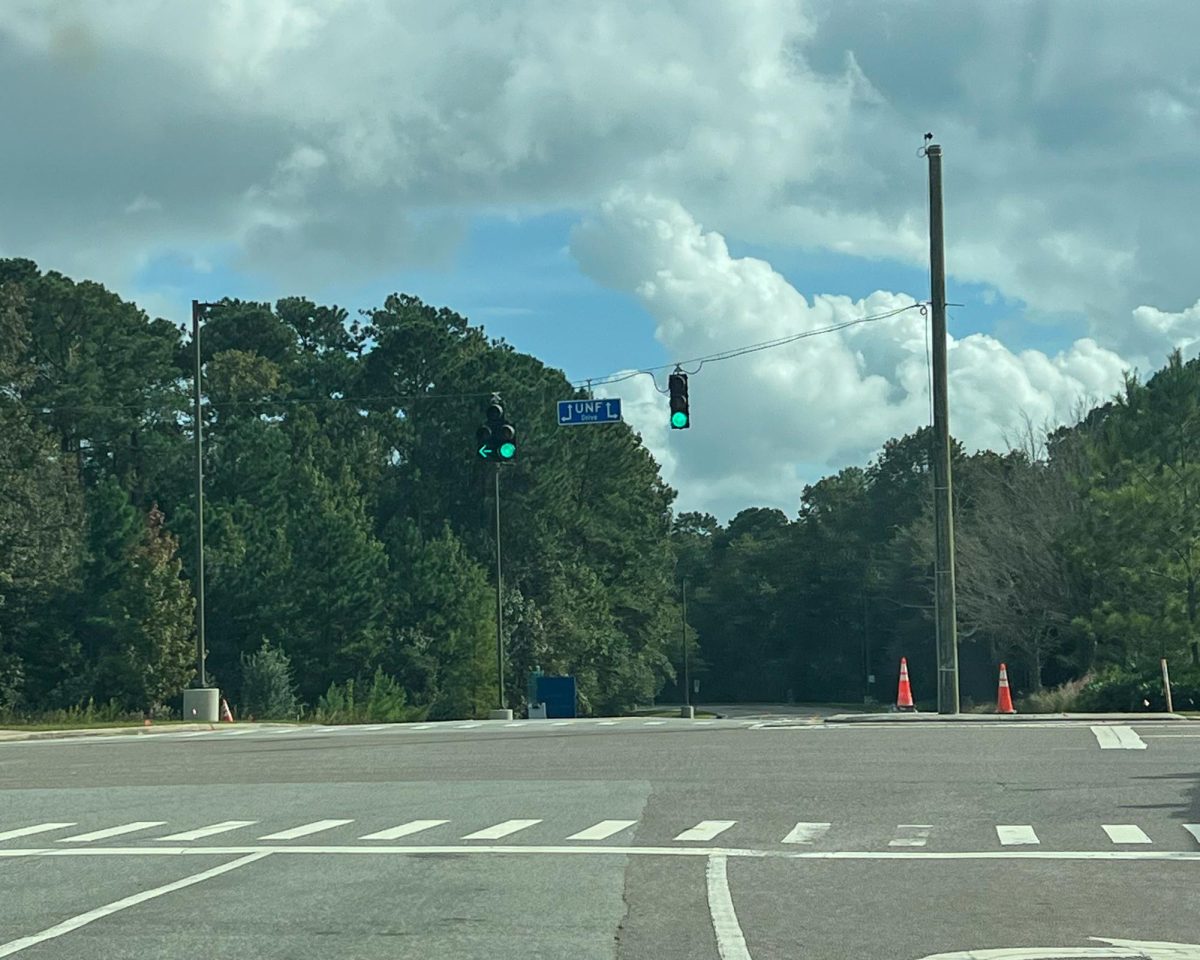Hurricane season lasts from June 1 to Nov. 30, and with UNF students back to school in the middle of it, many may be wondering how to prepare themselves if the worst should happen. Although there are currently no active storms in the Atlantic Ocean, an average of 12.1 named storms occur in the Atlantic Ocean each year, according to the National Weather Service. If a storm does develop and heads for Jacksonville, the Spinnaker has compiled the knowledge of how to handle it into three easy-to-remember steps.
- Step 1: Get an Emergency Supply Kit or “To-Go Bag”
Emergency supply kits may include items like non-perishable food, water, flashlights, a battery-powered or hand crank radio and extra batteries. You may also want to prepare a “to-go bag” in case of evacuation which includes clothes, prescription medicines, a map and important documents such as insurance policies and proof of residence. You may also want to include a first aid kit with medical supplies such as over-the-counter drugs, ointments, bandages and hand soap.
- Step 2: Make a Plan
Discuss with your family and/or roommates what to do if a hurricane hits. Make a plan for contacting each other, and pick a place to meet in case you are not together when it happens. It’s important to know someone who doesn’t live in your area to contact — and possibly stay with — in case of emergency. In case you need to evacuate, make sure you have transportation (with at least a half-tank of gas if driving), a place to go after evacuating and plans for your pets.
- Step 3: Be Informed
Know the terms used to identify types of hurricanes and what they mean. A hurricane watch means a hurricane is possible in your area, and a hurricane warning means a hurricane is expected in your area. You should also know the differences between all five categories of a hurricane, so you can decide if or when it’s necessary to evacuate your area. To prepare your home or dorm, you should bring all objects that are not tied down inside, cover all windows for protection against high winds and fill large containers and tubs with water for cleaning and flushing toilets. Make sure you know emergency plans for your area and listen to local emergency management officials for further information.
Source: Federal Emergency Management Agency, ready.gov

Hurricane Categories
- Category 1
Average wind speed: 74 to 95 mph Mobile homes, loose outdoor items and power poles are vulnerable.
- Category 2
Average wind speed: 96 to 110 mph Mobile homes, loose outdoor items and high windows are vulnerable. Power outages may last a few to several days.
- Category 3
Average wind speed: 111 to 130 mph The structures and walls of houses and buildings and high windows are vulnerable. Mobile homes will be destroyed. Power outages may last several days to weeks.
- Category 4
Average wind speed: 131 to 155 mph Windows and doors are vulnerable. Mobile homes, walls and roofs of houses and buildings will be destroyed. Power outages will last for weeks.
- Category 5
Average wind speed: Greater than 155 mph Mobiles homes and small buildings will be leveled. Windows and doors will be destroyed. Power outages will last weeks or even months.
Source: National Weather Service (nhc.noaa.gov)











